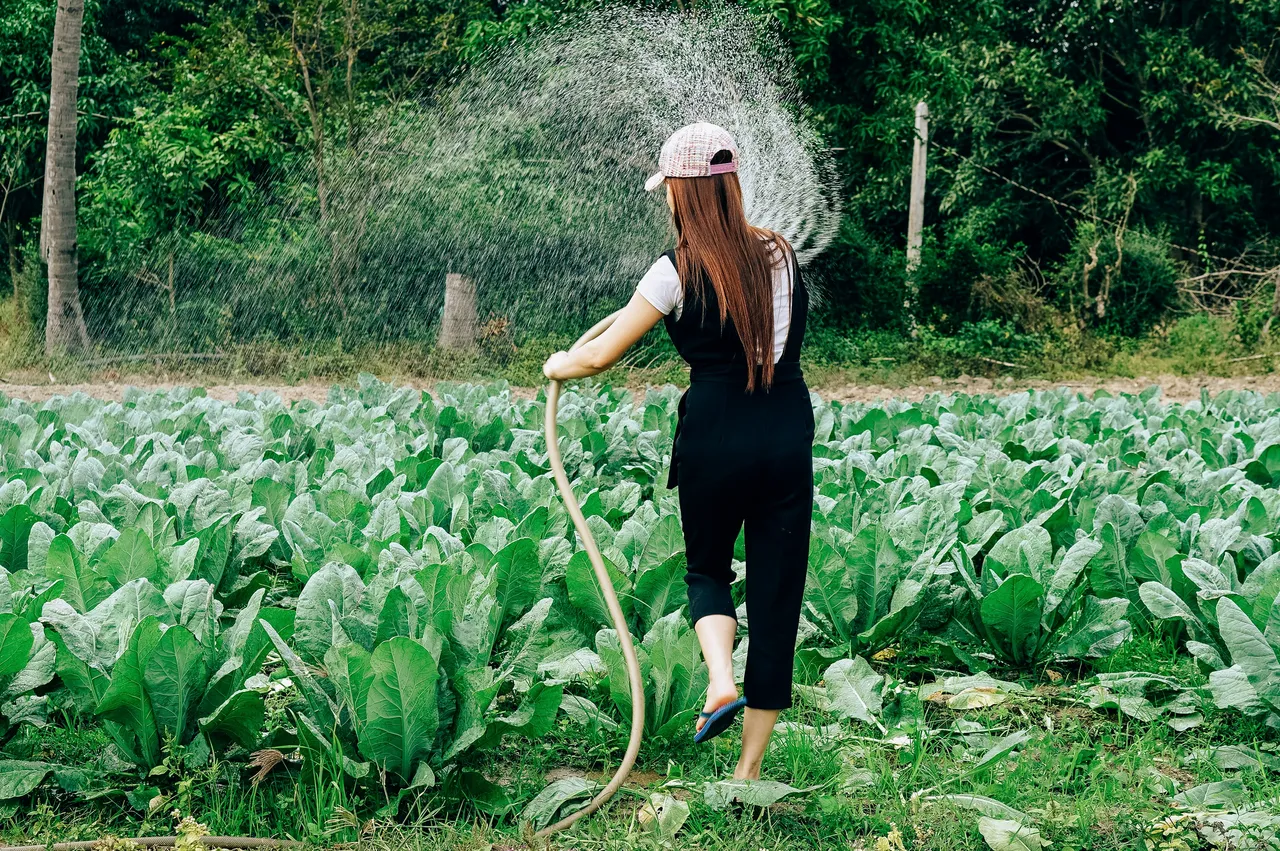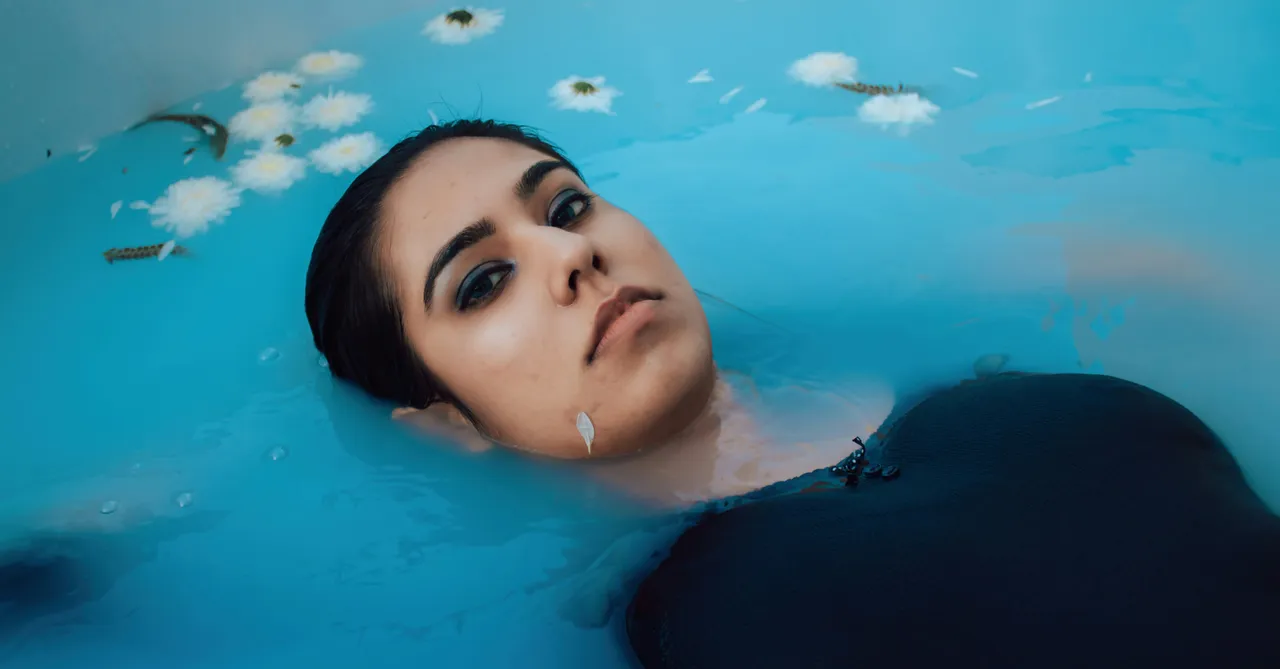
Creating a Pollinator Paradise: How to Attract Bees and Butterflies to Your Garden
Creating a Pollinator Paradise in your garden not only enhances its beauty but also plays a crucial role in supporting local ecosystems. Attracting bees and butterflies is easier than you might think, and with a few simple steps, you can transform your space into a haven for these vital creatures.
Why Attract Pollinators
Pollinators like bees and butterflies are essential for the reproduction of many plants, including the fruits and vegetables we enjoy. Unfortunately, their populations are declining due to habitat loss, pesticides, and other environmental pressures. By creating a pollinator-friendly garden, you're providing these creatures with much-needed refuge and resources. Not only does this support biodiversity, but it also helps ensure the health of your garden and the broader ecosystem.
Creating a pollinator paradise means more than just planting flowers. It involves understanding what pollinators need to thrive: food, shelter, and water. Flowers with nectar and pollen attract bees and butterflies, acting as food sources. Shelter can be provided through garden layout and specific plants that offer protection. Water sources, such as shallow bird baths or dewdrops on leaves, are also essential.
Choosing the Right Plants
The key to attracting pollinators is to plant a variety of flowers that bloom at different times of the year, ensuring a consistent source of food. Native plants are particularly beneficial because they have evolved alongside local pollinators and often require less maintenance. Some great choices include lavender, bee balm, zinnias, and butterfly bushes. Remember to plant in clusters to make it easier for pollinators to find and access the flowers.
Herbs like thyme, oregano, and chives also attract bees and butterflies, and they have the added benefit of being useful in your kitchen. Don't forget about trees and shrubs; cherry, willow, and buddleia are excellent sources of food and shelter for pollinators.
Garden Layout and Maintenance
Design your garden with pollinators in mind by incorporating a variety of plant heights and types to create a more inviting environment. Avoid using pesticides and herbicides, as these can harm bees, butterflies, and other beneficial insects. Instead, focus on natural pest control methods and attracting insect predators like birds and ladybugs.
Leaving some areas of your garden a little wild can also help by providing additional shelter and nesting sites. Consider adding a bee hotel or leaving a pile of leaves or twigs in a quiet corner of your garden.
Providing Water
Pollinators need water just like any other creature. A shallow water source, such as a bird bath with stones or marbles for insects to land on, can be a lifesaver for thirsty bees and butterflies. You can also leave out a wet sponge or fill a shallow dish with pebbles and water. Remember to change the water regularly to prevent mosquito breeding.
Conclusion
Attracting pollinators to your garden is a rewarding endeavor that benefits both your green space and the environment. With thoughtful planning and a commitment to pesticide-free gardening, you can create a vibrant, pollinator-friendly paradise. Remember, every small action can make a big difference in supporting these essential creatures and the health of our planet.
This article was developed using available sources and analyses through an automated process. We strive to provide accurate information, but it might contain mistakes. If you have any feedback, we'll gladly take it into account! Learn more
